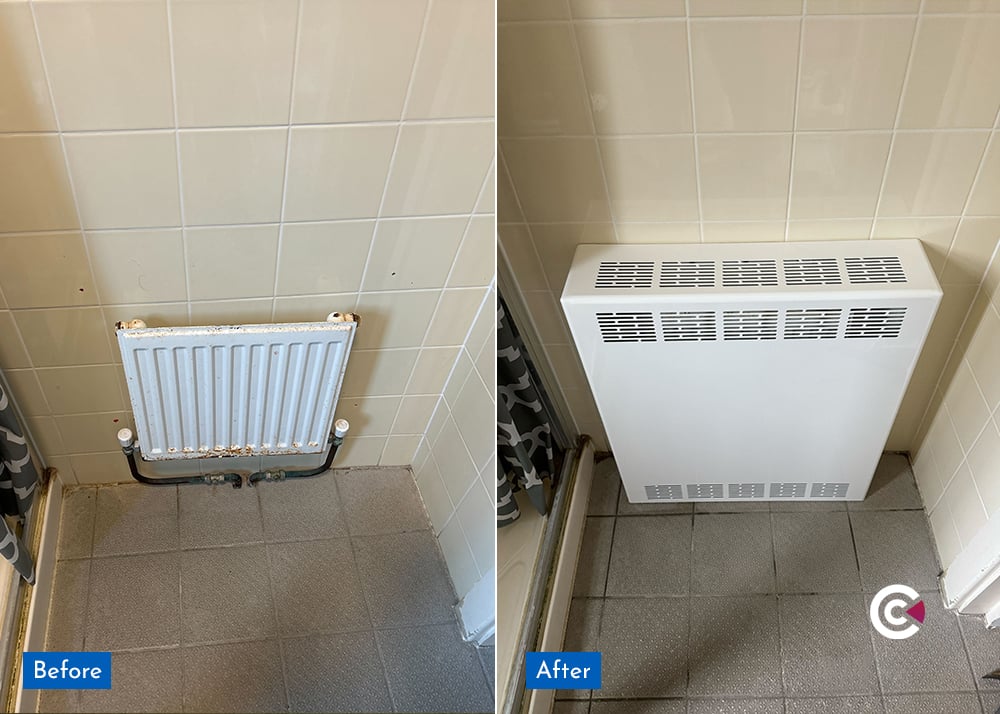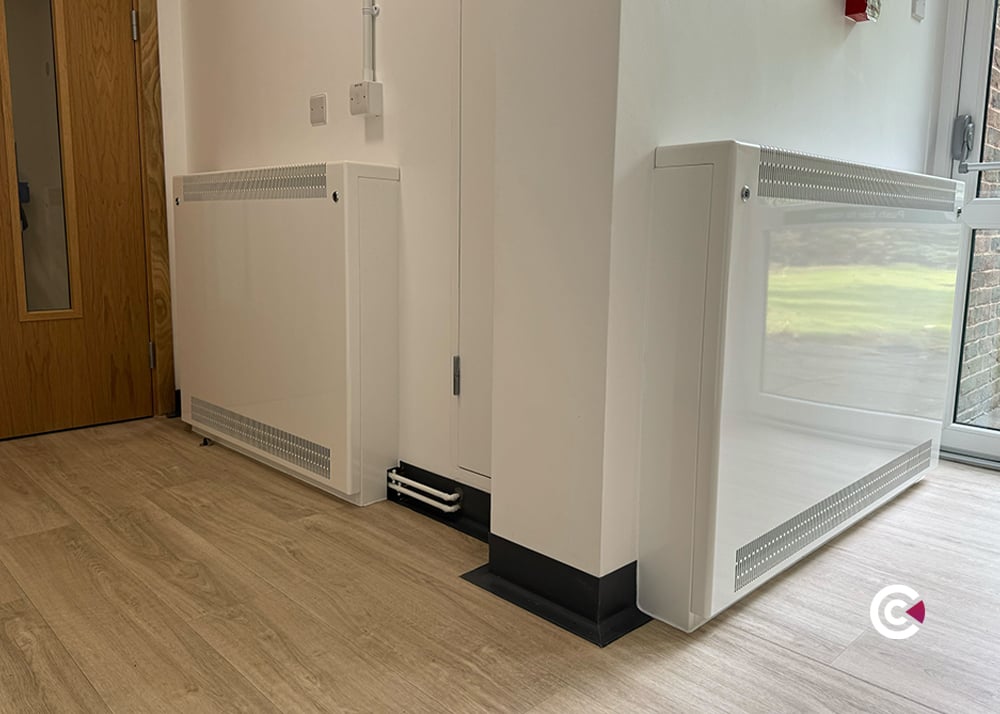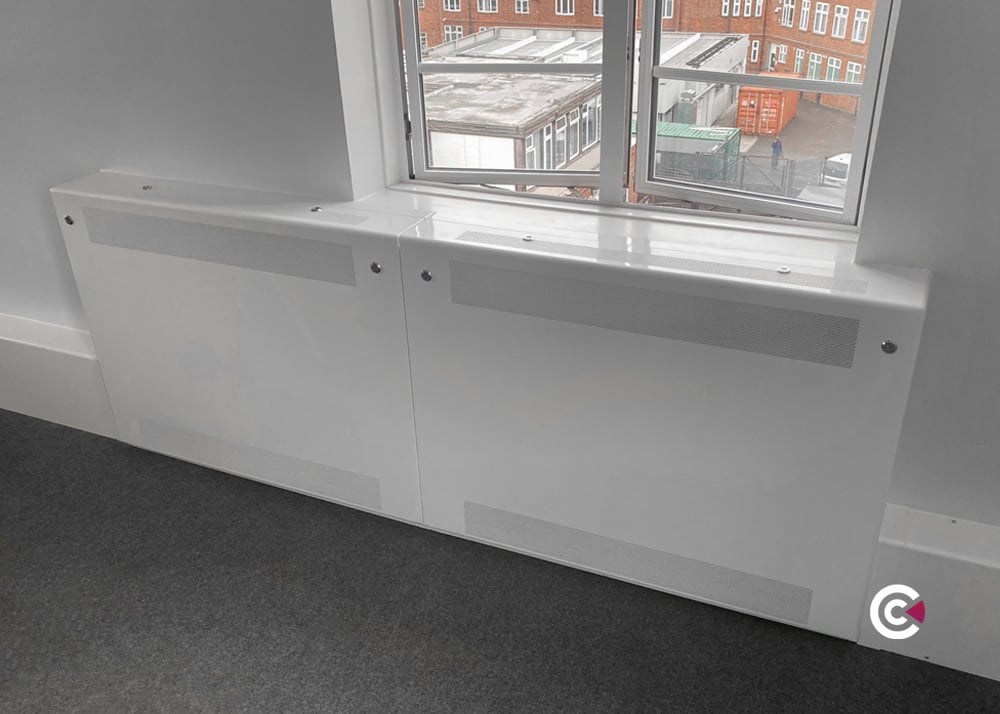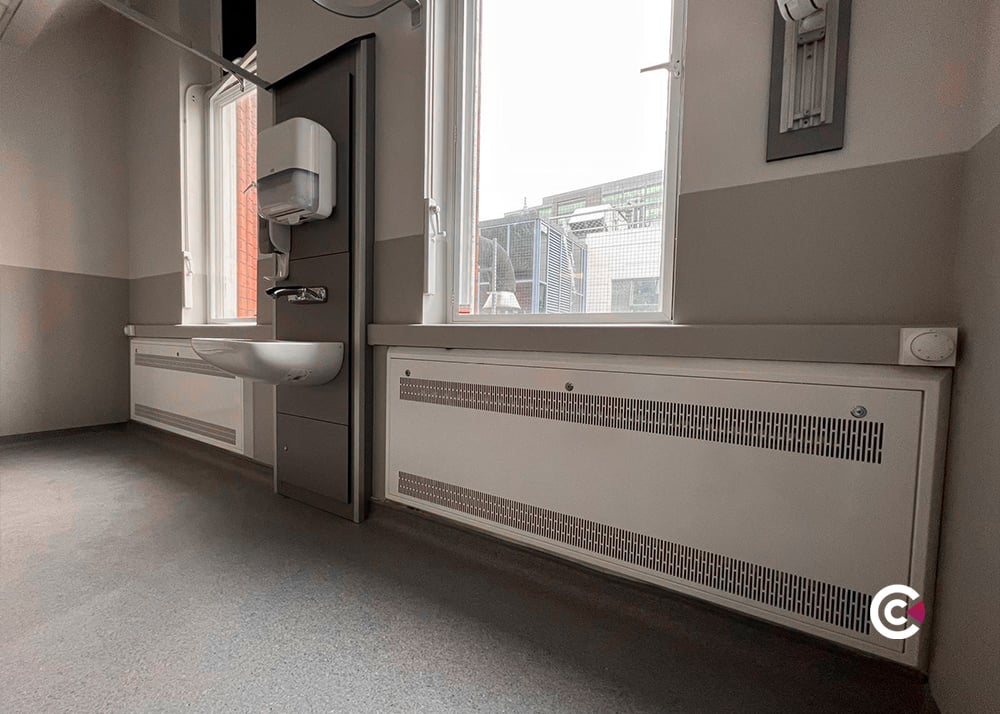This post was updated for 2023.
Contents
- What is meant by 'anti-ligature'?
- Alarming statistics and suicide rates in mental health settings
- Guidance documents for anti-ligature products
- Looking out for ligature risks
- Benefits of anti-ligature products
When planning the construction or refurbishment of a space within a mental health environment-or anywhere that occupies vulnerable individuals, it is essential that measures are put in place within the design process to reduce ligature risks.
It’s a sad fact that many suicides in mental health settings are directly attributed to hanging; a key statistic that we’ll cover later in this post.
What Does Anti-Ligature Mean?
In order to fully understand the definition of ‘anti-ligature’, we first need to understand what the term ‘ligature’ means.
Ligature refers to anything that is used to bind or tie. Generally, there are a vast number of ligatures in any given space, which is not a concern in normal circumstances.
However, when considering the complex needs of someone who is suicidal, we must look at ligatures as a potential means of causing self-harm, or worse.
With that in mind, anti-ligature refers to something that is designed in such a way that deters Service Users from tying or binding a rope or cord.
Ligatures: The Statistics
There’s a reason why anti-ligature products have become a key consideration amongst clinicians, estates professionals and specifiers: the statistics speak for themselves.
A national study carried out in 2012-found that of the 448 suicides that occurred in psychiatric wards, 77% were by hanging, which suggests why there has been a rise in anti-ligature solutions in recent years.
The Most Common Ligature Points
The same study highlighted that the common ligature points and ligatures were doors, hooks/handles and belts or sheets/towels. Use of shoelaces, doors and windows increased over time.
Suicide Is More Common In Men
The Care Quality Commission found that suicide accounted for 55% of male suicides and 42% of female suicides.
The report went on to advise providers to be aware of the ligature risks on their premises, as hanging was the most common suicide method.
Suicide Rates in Mental Health Facilities Are Falling, Modestly
In 2006, the National Confidential Inquiry into Suicide and Safety in Mental Health (NCISH) identified over 1,300 patient suicides a year.
Over the four years since the 2006 inquiry, in-patient suicide dropped from 166-155 (31%).
However, in the nine years since 2010, the reduction has become much more modest and has only fallen by 8%.
These statistics have led to local authorities setting out guidance relating to the use of anti-ligature products, which we shall now explore.
Anti-Ligature Guidance Documents
There is no blanket anti-ligature policy that applies to all mental health settings. However, every Trust in a Local Authority will have its own anti-ligature policy, based on government recommendations, such as the one below:
The Care Quality Commission (2015) highlights that a risk posed by a ligature point is greater if:
- It is in a private room that service users spend time in without direct supervision by staff.
- It is in an area/ward used by high-risk patients.
- The ligature point is between 0.7 metres and 4 metres from the ground.
- The ward is designed poorly, with too few nurses on duty.
As an architect or specifier, we recommend that these risks are taken into consideration during the design process of any new project.
We also suggest that you assess those ligature risks that need to remain, as removing them may create a greater risk to the patient; for example, grab rails for elderly patients at high risk of falls.
The Care Quality Commission will pay close attention to the areas highlighted above during their inspection, so it’s worth assessing ligature risks in those four main areas.
Ligature Points On Specific Ward Types
The Standards for Inpatient Mental Health Services (2017) highlights the differing ward types and recommends certain measures to be put in place when managing ligature risks.
General In-Patient Wards And Psychiatric Intensive Care Units (PICU)
Potential ligature points should be managed as part of an individual and ward risk assessment.
Low Secure Services
There should be a system in place for staff to report any ligature points, and prompt follow-up action if any are identified.
Furnishings should minimise the potential for fixtures and fittings to be used as weapons and they act as barriers to ligature points.
Medium Secure Services
Bathroom and shower areas should be free of ligature points. There should also be a formal procedure in place to assess any clinical environment for ligature risks at least every six months.
High Secure Services
According to the Department of Health High Secure Building Design Guide, interiors, furniture, and fittings should be designed to ensure that they minimise the possibility of use for self-harm or as a ligature.
Section 136 Assessment Facilities (Places Of Safety)
Assessment rooms in psychiatric facilities must have no ligature points.
Ligature Risks In Mental Health Settings: Key Examples
Even the smallest risk must be identified, and measures put in place to minimise it. Some examples of risks are as follows:
- Power cords on medical equipment
- Call bell cords
- Handrails
- Doors
- Doorknobs
- Door hinges and hardware
- Showerheads and curtains
- Exposed plumbing or piping
- Paper towels and soap dispensers on walls
- Electrical switches
- Lighting fixtures
- Projections from ceilings
Managing Identified Risks
It’s extremely difficult, and in some cases impossible, to completely remove ligature risks. Doing so may serve as a hindrance for employees carrying out necessary tasks, and for service users by taking away their rights of independence.
In managing risks, it is recommended that you take a ‘remove, replace, protect, or manage’ approach, as highlighted by The Nottinghamshire Healthcare NHS Ligature Risk Reduction Policy (2019)
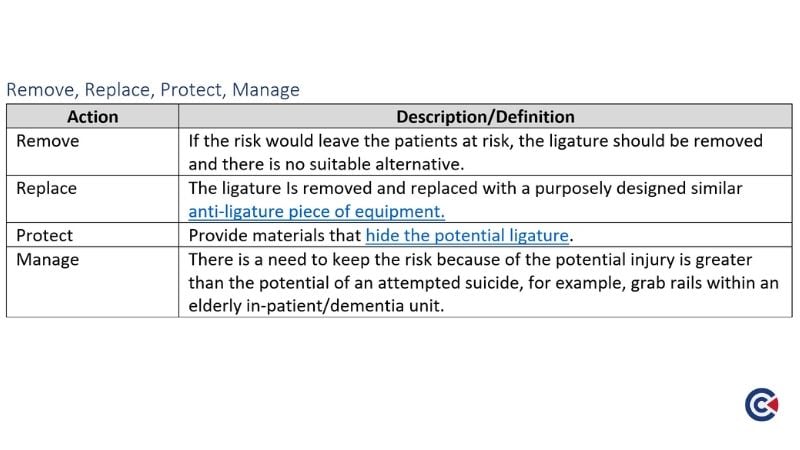
What Makes Anti-Ligature Products Different? 6 Reasons
1. They Could Minimise Self-Harm And Suicide
We’ll start with the most obvious one. To repeat the previous statistic, approximately three-quarters of patients who die by suicide in psychiatric wards do so by hanging or strangulation.
A national study carried out by the University of Manchester suggested Increased awareness of the methods used by these patients may benefit prevention strategies in mental health services.
Anti-ligature products follow certain characteristics:
- Smaller perforation holes for products that require ventilation.
- Minimal gaps in joints
- (If wall-secured) minimal gaps between product and wall
- Bullnose, rounded corners
- Full casing
- A bespoke approach to make the product fit within the different types of environment
Manufacturers have made it extremely difficult for Service Users to attach ligatures, which may reduce suicide and self-harm.
2. More Likely To Be Stronger
When patients are seeking to self-harm, they don’t just look for the obvious ligature points. Quite often, furniture in mental health settings is subject to vandalism. Once vandalised, Service Users could use the damaged furniture as a weapon or ligature point.
When designing anti-ligature products, manufacturers recognise that furniture in mental health settings is vulnerable to damage, urging them to create products that are stronger and more robust than their standard counterparts.
Our anti-ligature radiators are made from 1.5mm Zintec which ensures robust performance in the most demanding of environments.
3. They Can Improve The Room’s Aesthetics
When designing a mental health setting, creating a calming atmosphere where Service Users feel comfortable and relaxed is of great importance.
When specifying products, the design and look of a room can impact a patient’s well-being. Anti-ligature products can modernise any space, and they come in a range of colours to complement the room design.
4. Anchor Points Below Head
Many assume that the risk of suicide comes from ligature points above head height. However, studies have found that many suicides have taken place where the ligature anchor point has been below the head or even waist height.
When we hear the term ‘hanging’ we often look to the ceiling to identify the potential hazards, but this certainly isn’t the case.
Anti-ligature products such as radiators and TV cabinets may all be located below head height, but the radiator you choose is just as important as the curtain rail.
5. Saves Cost In The Long-Term
Each year, mental health settings spend thousands of pounds on replacing damaged items due to the frequent vandalism that occurs.
Consider the longevity you’ll gain from opting for an anti-ligature product that is both robust and damage-limiting.
The money saved through not having to frequently replace damaged furniture could be used to improve the facility in ways that enhance the experience of the Service User, positively impacting their recovery process.
6. Anti-Ligature Products Aren’t Limited To Mental Health
Whilst the features of anti-ligature products are closely aligned to the needs of a mental health setting, we supply anti-ligature products to a range of different establishments.
There’s a need for anti-ligature products in SEN schools, elderly care homes, hospitals and police units, to name a few. This is due to the vulnerable nature of the individuals requiring a level of care.
It’s important to note, too, that many individuals who’ve attempted suicide are frequently taken to a general hospital first for immediate care, prompting all healthcare facilities to consider their ligature prevention strategies.
Hidden Dangers Around Ligatures
For a vulnerable Service User, every inch of a room is considered a means of causing damage to themselves or the environment around them.
That’s why it’s important to explore some of the less-obvious dangers that’ll prove why anti-ligature products are an essential resource.
Below are some of the hidden dangers worth considering:
- Weaponisation
- Ligatures below the head
- Electrocution (due to damage to electrical equipment)
- Gaps on joints and walls
- Exposed pipework
Contour’s Anti-Ligature Range
Anti-Ligature Radiators
These are available for freestanding or wall-mounted applications. The 1.5mm Zintec construction ensures robust performance in the most demanding of environments.
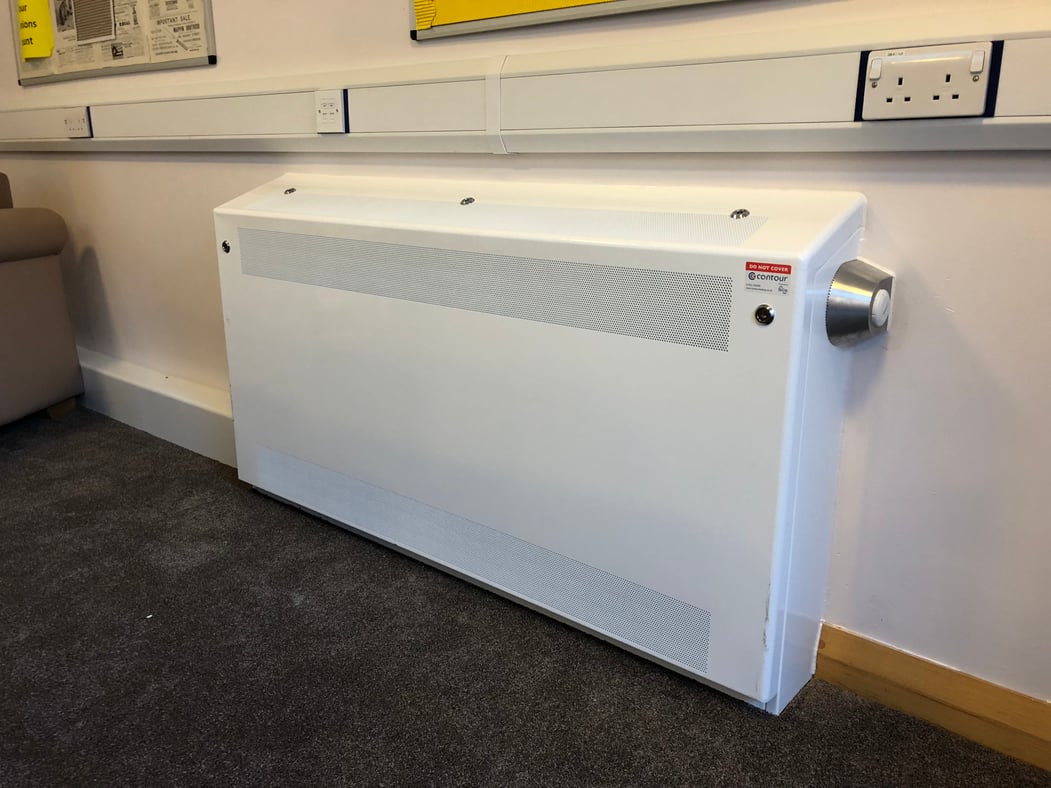
Anti-Ligature Radiator Covers
Our radiator covers have a secure anti-ligature grille, using 2mm diameter holes at 4mm centres, set in a triangular formation, and punched directly into the body of the guard. This removes the need for a separately welded mesh in the body of the guard.
Anti-Ligature HVAC & Perimeter Casings
These are available for flat top floor standing, flat top wall mounted, sloping top floor standing and sloping top wall mounted applications.
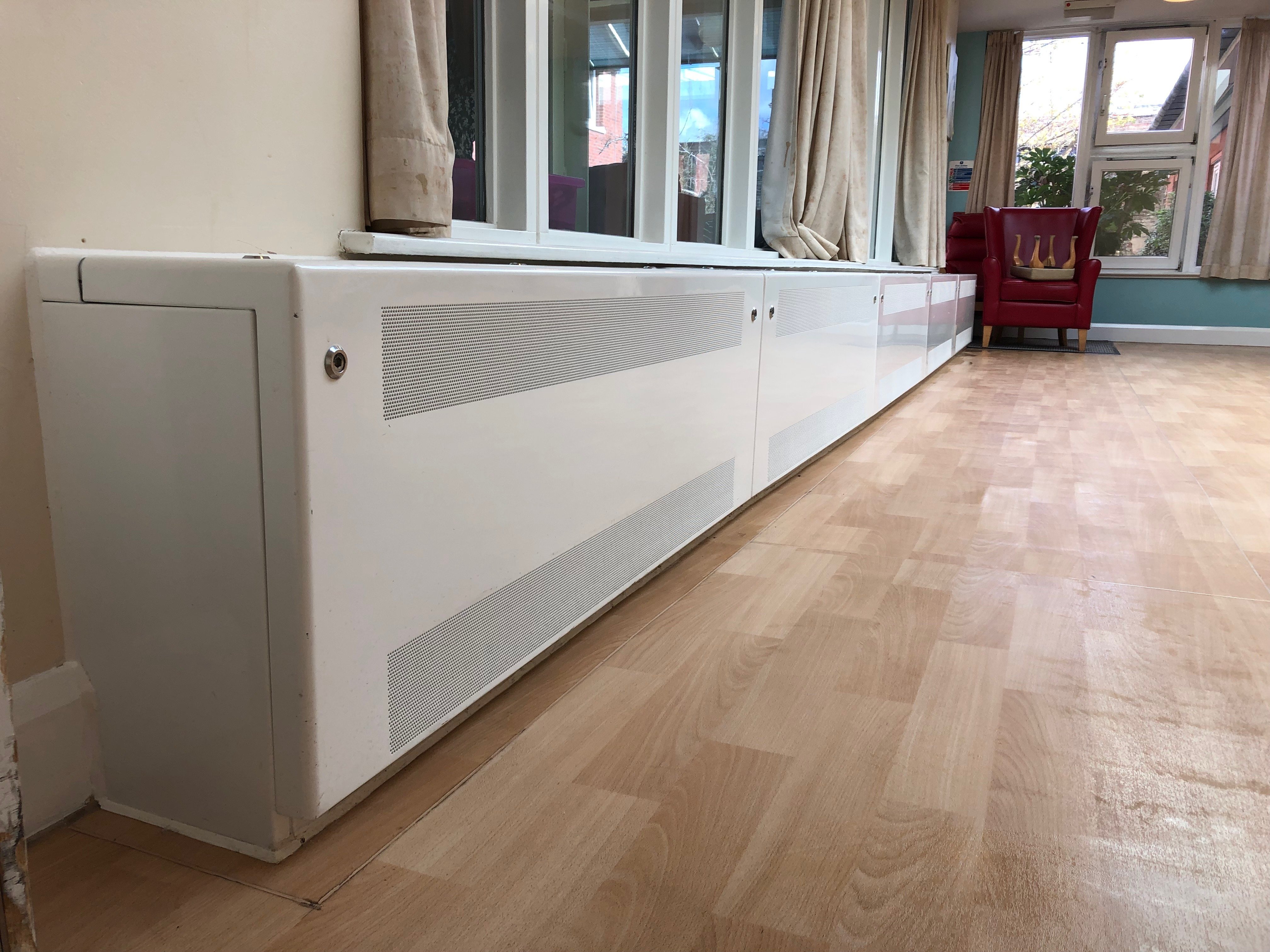
Our New Anti-Ligature Products
Anti-Ligature Ventilation Grille
Ventilation Grilles are often positioned on ceilings or on high walls and their openings can be used to create a ligature point.
With its robust, metal structure, Contour’s anti-ligature ventilation grille can be fitted over the existing grille or opening to provide an anti-ligature solution whilst giving easy access for cleaning and maintenance.
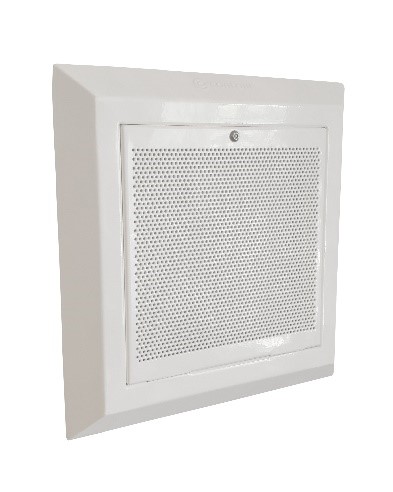
Anti-Ligature TV Cabinet
Fully encapsulating the television, Contour’s anti-ligature TV cabinet provides ultimate protection.

Anti-Ligature Light Switch Cover
The light switch cover offers full protection and limitation against ligature risks and damage.
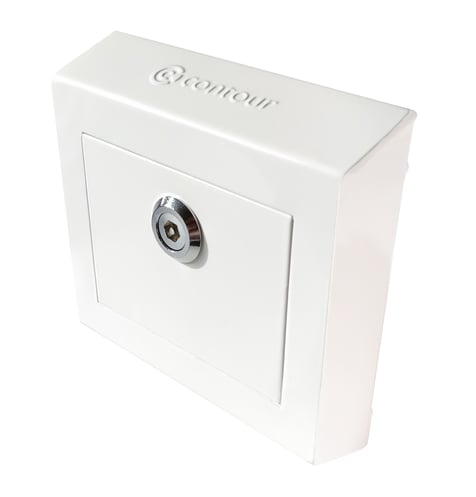
Hygiene Is Not Compromised
Providing a covering or casing over a radiator or light switch may prompt you to wonder, how can I access the appliance in order to clean it?
Our casings are accessed via a simple, quarter-turn lock system that can only be accessed via authorised personnel.
For a comprehensive guide on how to clean our radiator covers, click here.
BioCote
Apart from the TV cabinet, all of our anti-ligature products are coated in BioCote®, providing antimicrobial protection.
Contour Heating is the only company to incorporate BioCote® anti-microbial protection into our LST and anti-ligature products. This unique, patented additive provides an effective, safe and long-lasting solution to combatting a wide range of dangerous bacteria, including MRSA and E.coli.
Conclusion
As a clinician, estates professional or specifier, the quality of care that you provide is of utmost importance.
This essential guide aims to educate you on all things anti-ligature, from key statistics to some of the products that have been manufactured with safety in mind.
If you’d like any further assistance on any of our anti-ligature products, get in touch with one of our experts today.
About Us
Contour produces a range of innovative, safe surface temperature systems for healthcare, education, mental health, commercial and secure sectors, working in close partnership and collaborating with architects, M&E engineers, NHS Trusts, local authorities, design consultants and contractors to deliver outstanding safe heating solutions.
Contour is the exclusive partner of BioCote® anti-microbial technology for LST and anti-ligature radiators. BioCote® additives reduce bacteria by up to 99.9%. Contour combines an extensive range of colour-paints is with BioCote® for a durable, high-quality finish.
Contour’s heating solutions offer secure, single-person quick access to radiator guard interiors for regular deep cleaning and maintenance. Each year, Contour save the NHS millions of pounds in cleaning costs, therefore delivering.
-1.png)


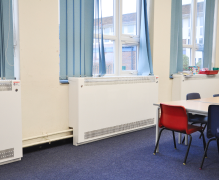
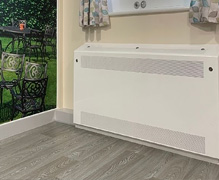
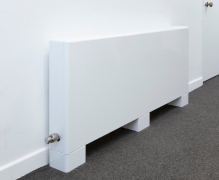

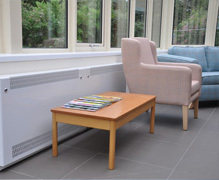

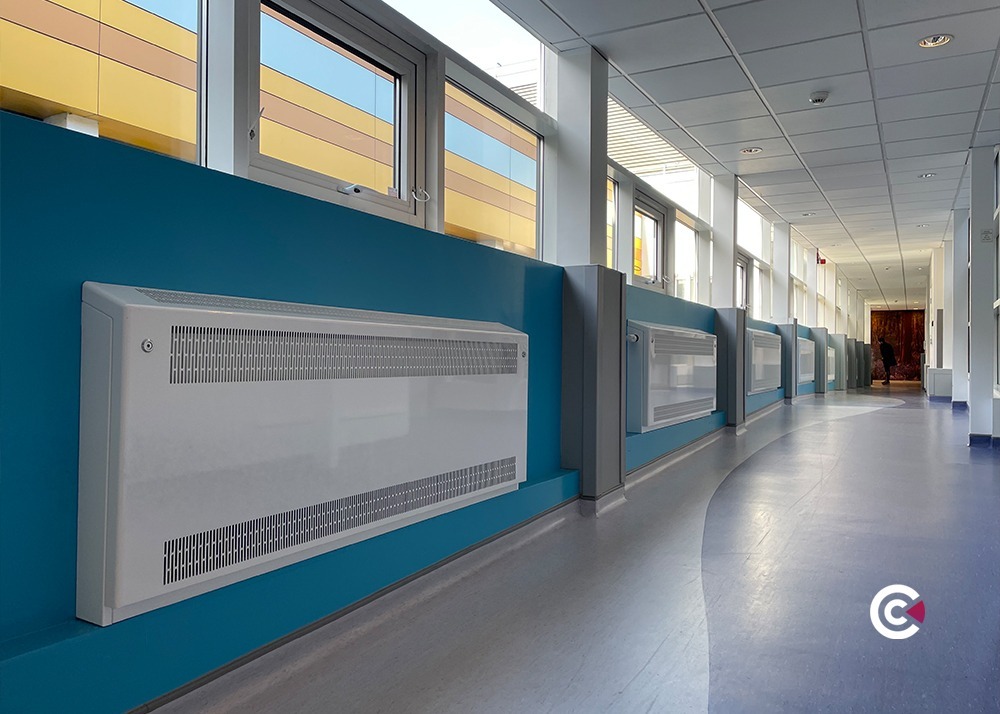
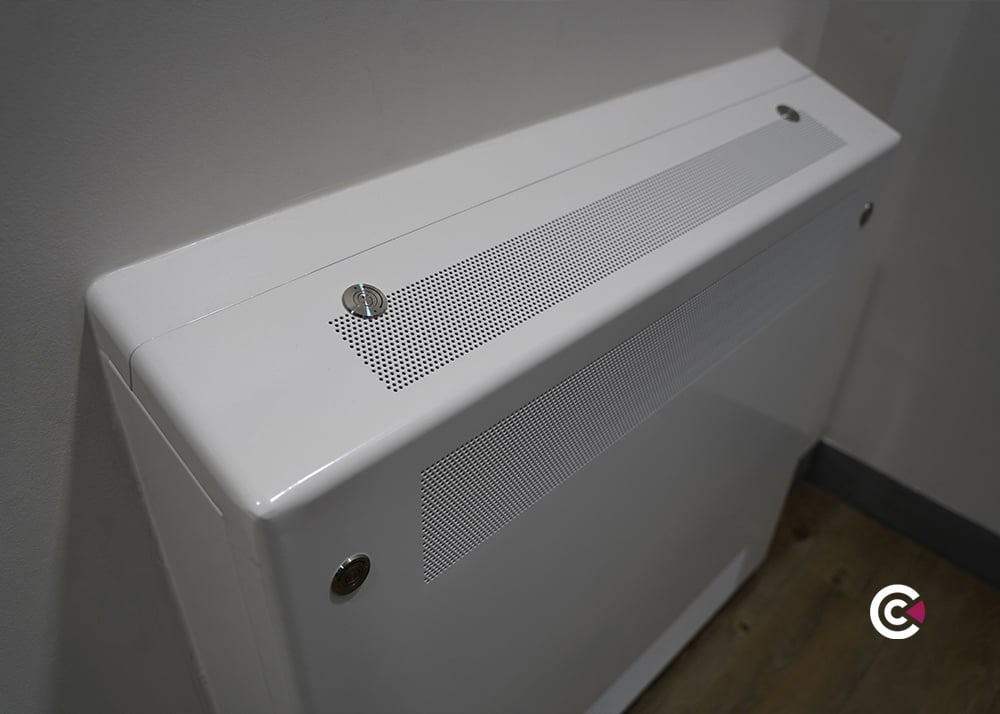







/anti-ligature%20vent%20grilles.jpg)

